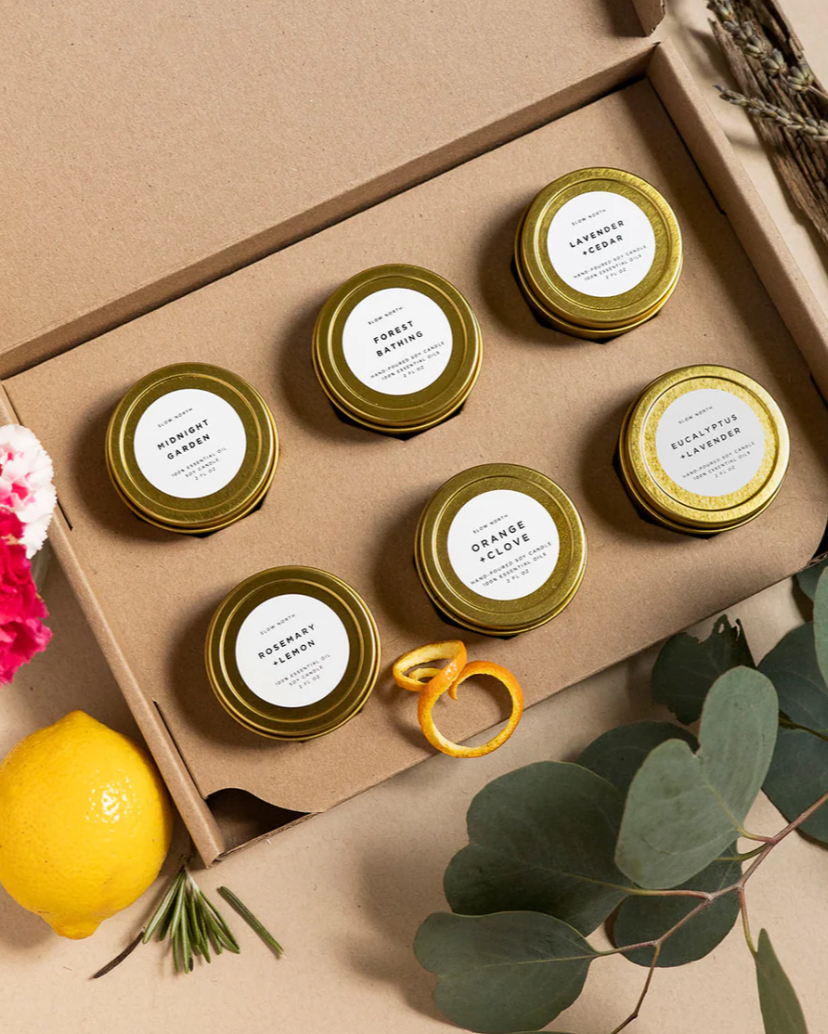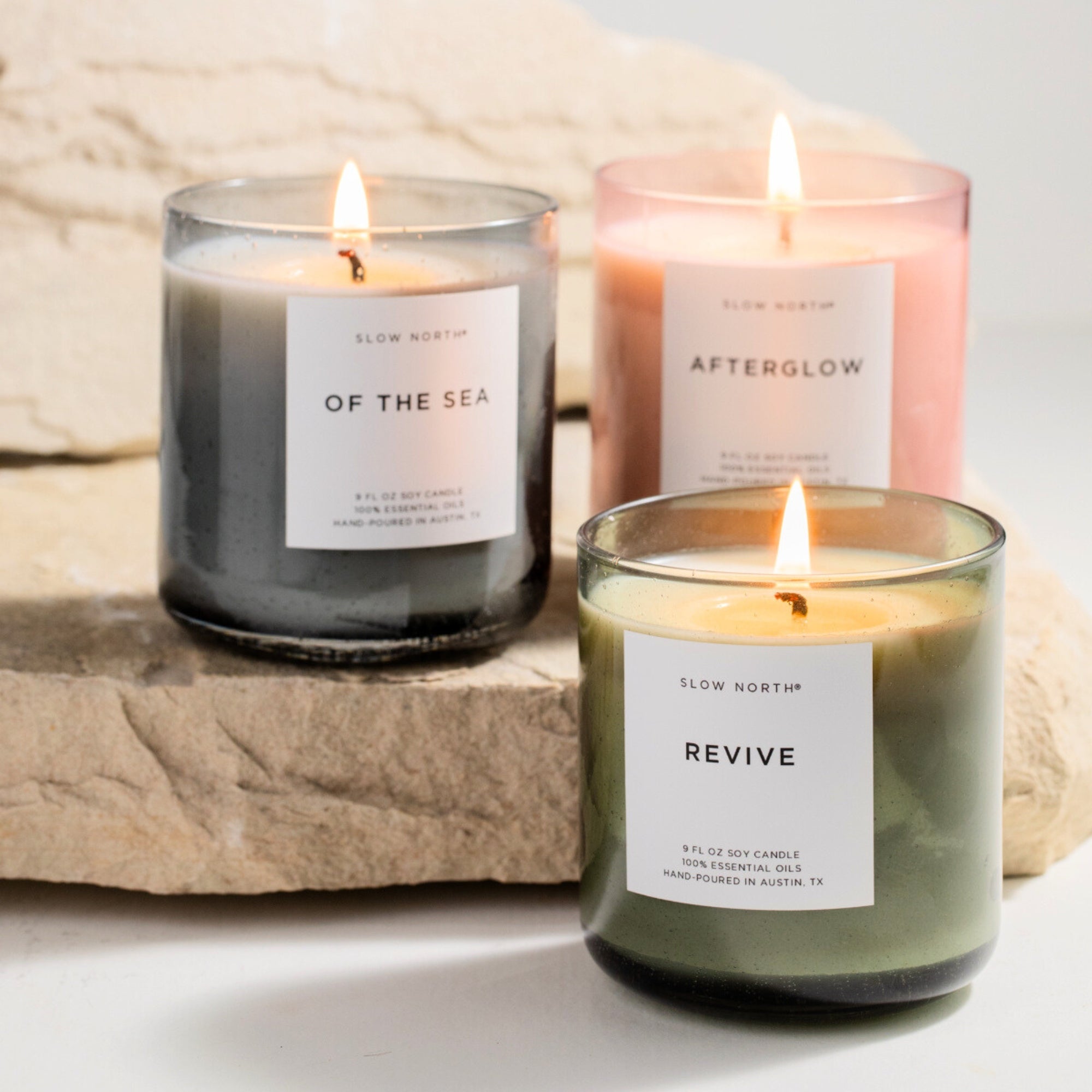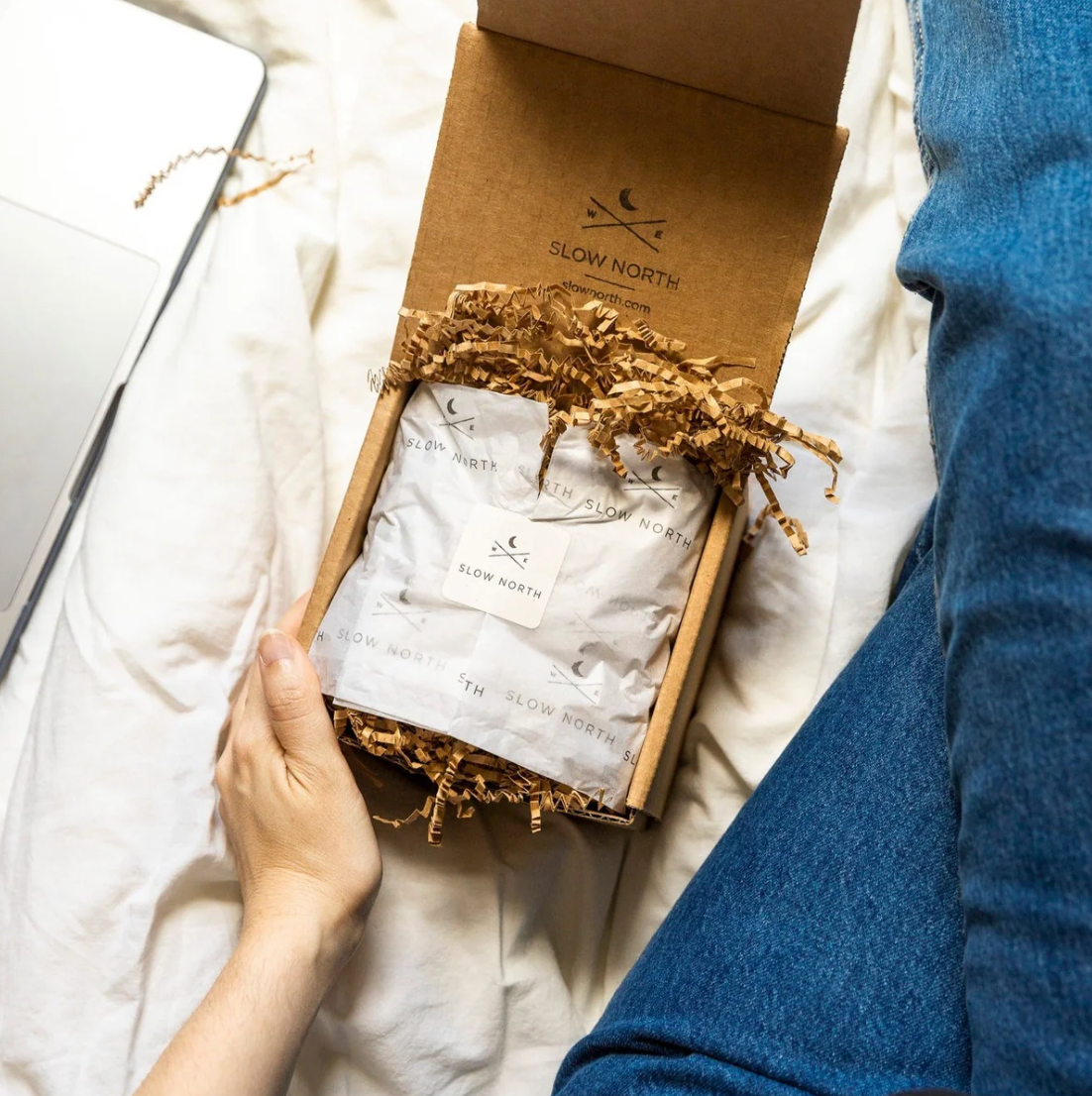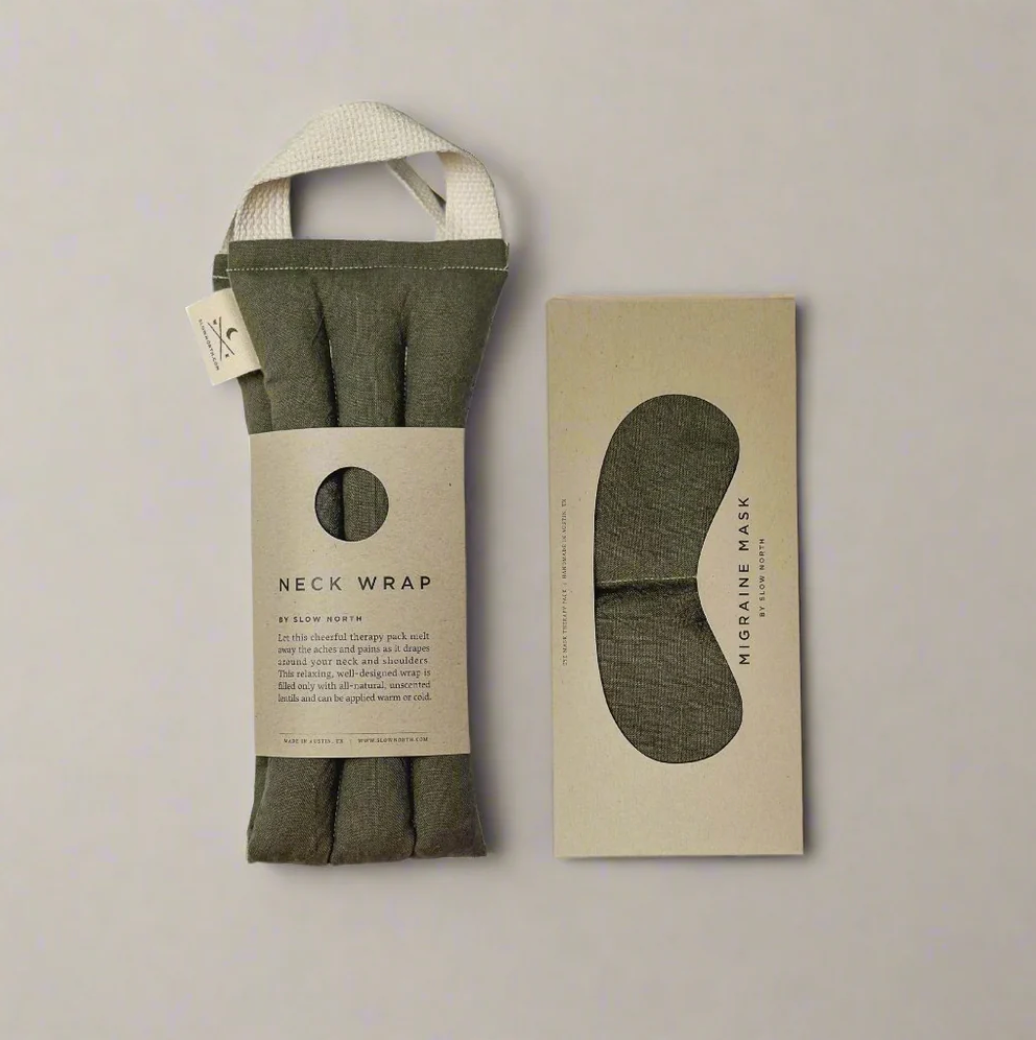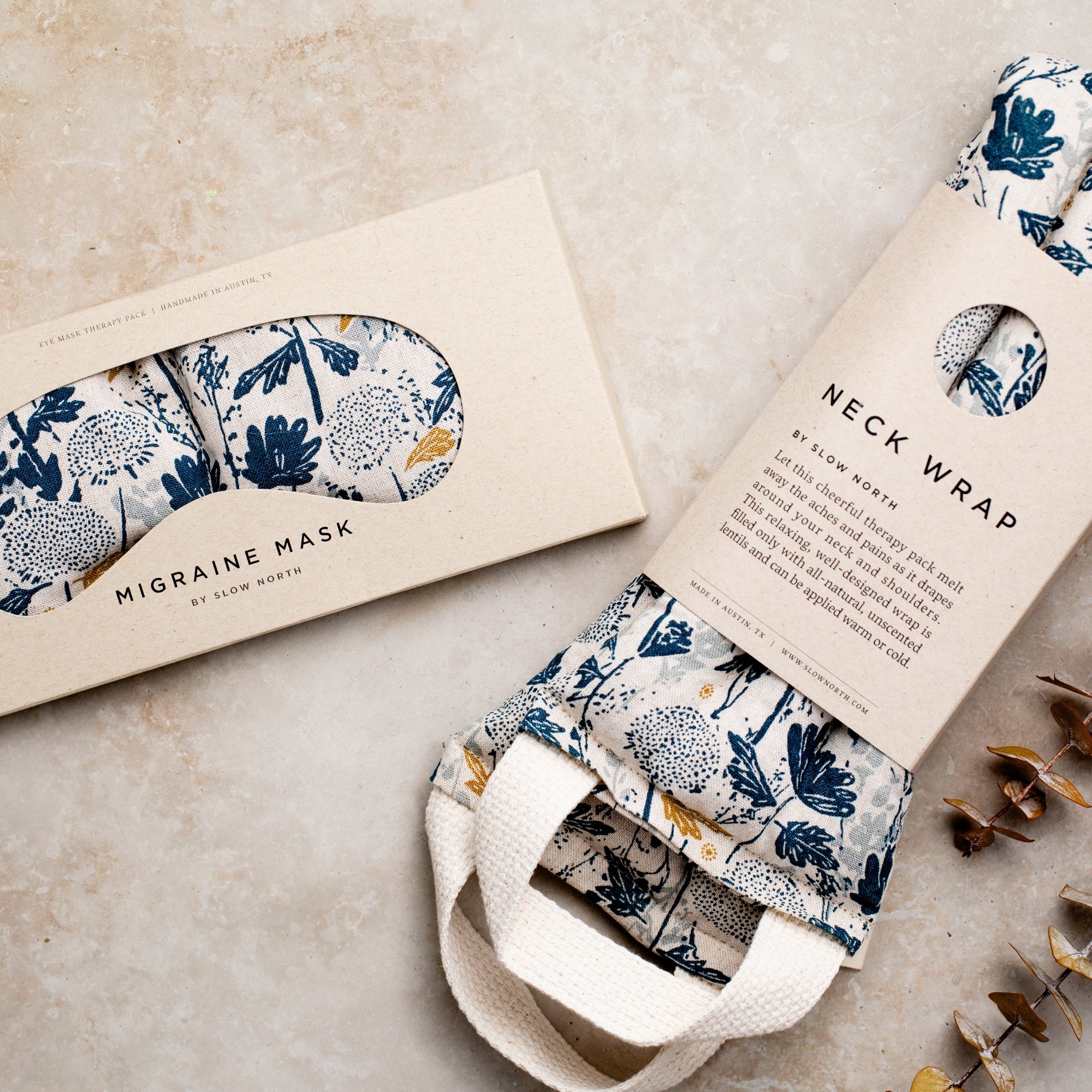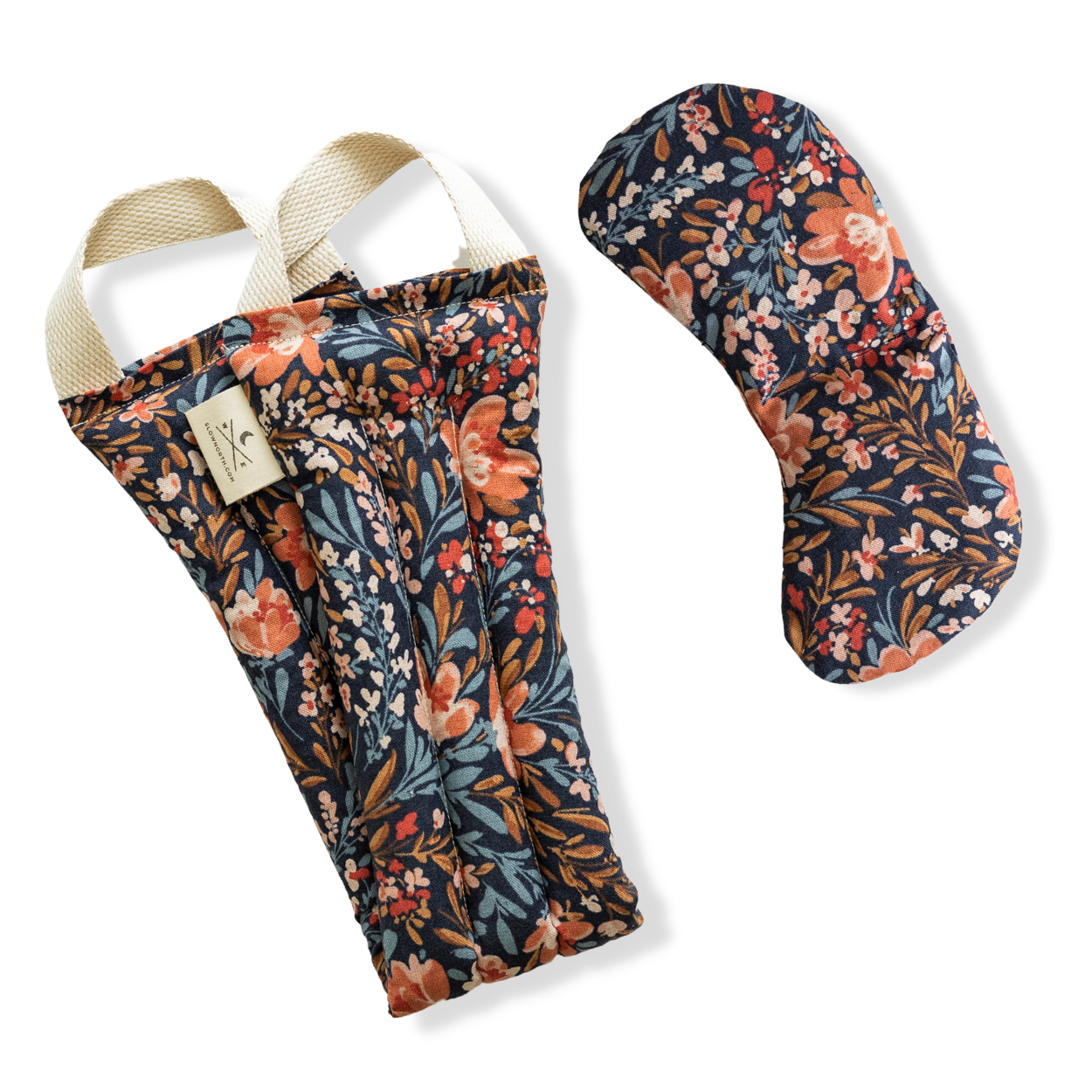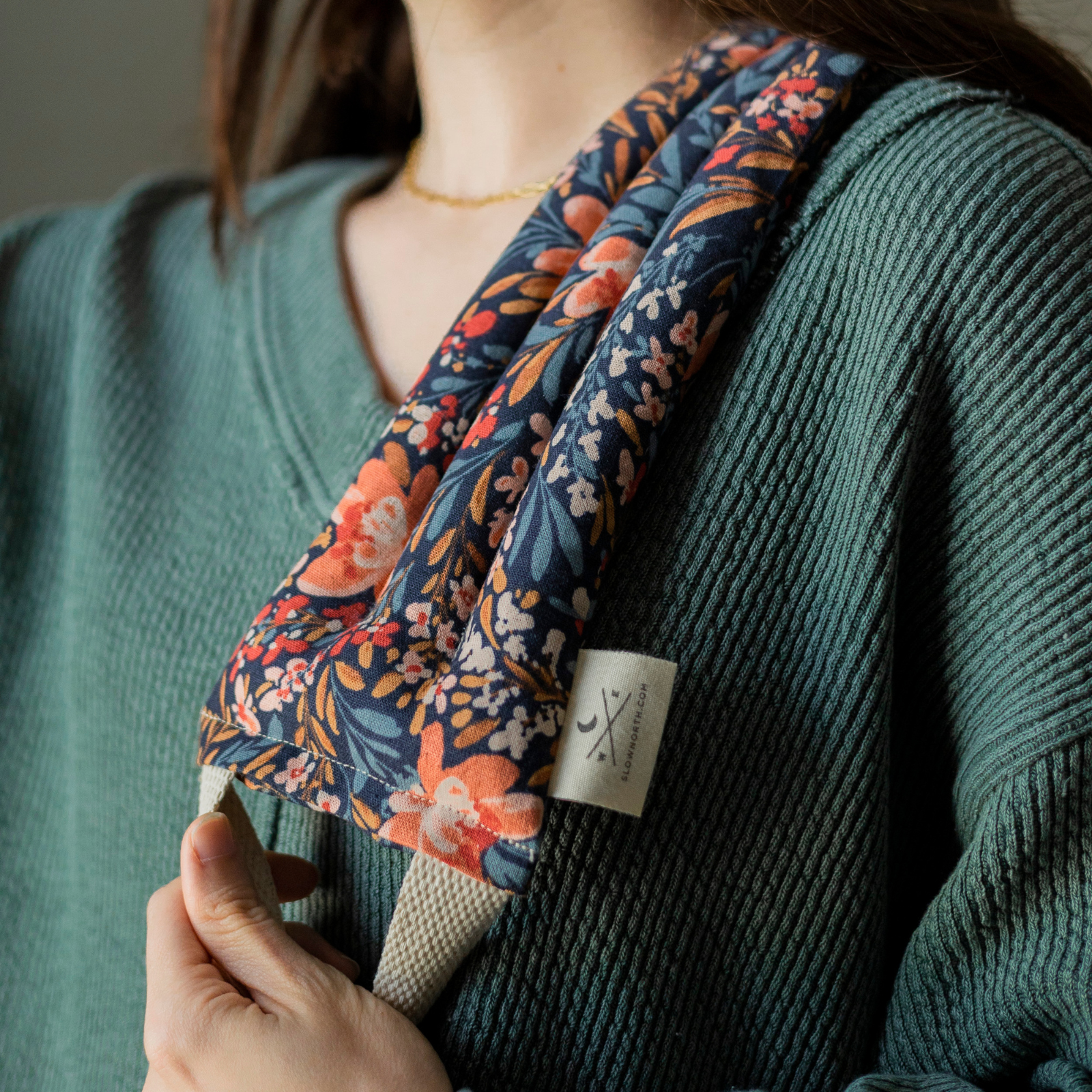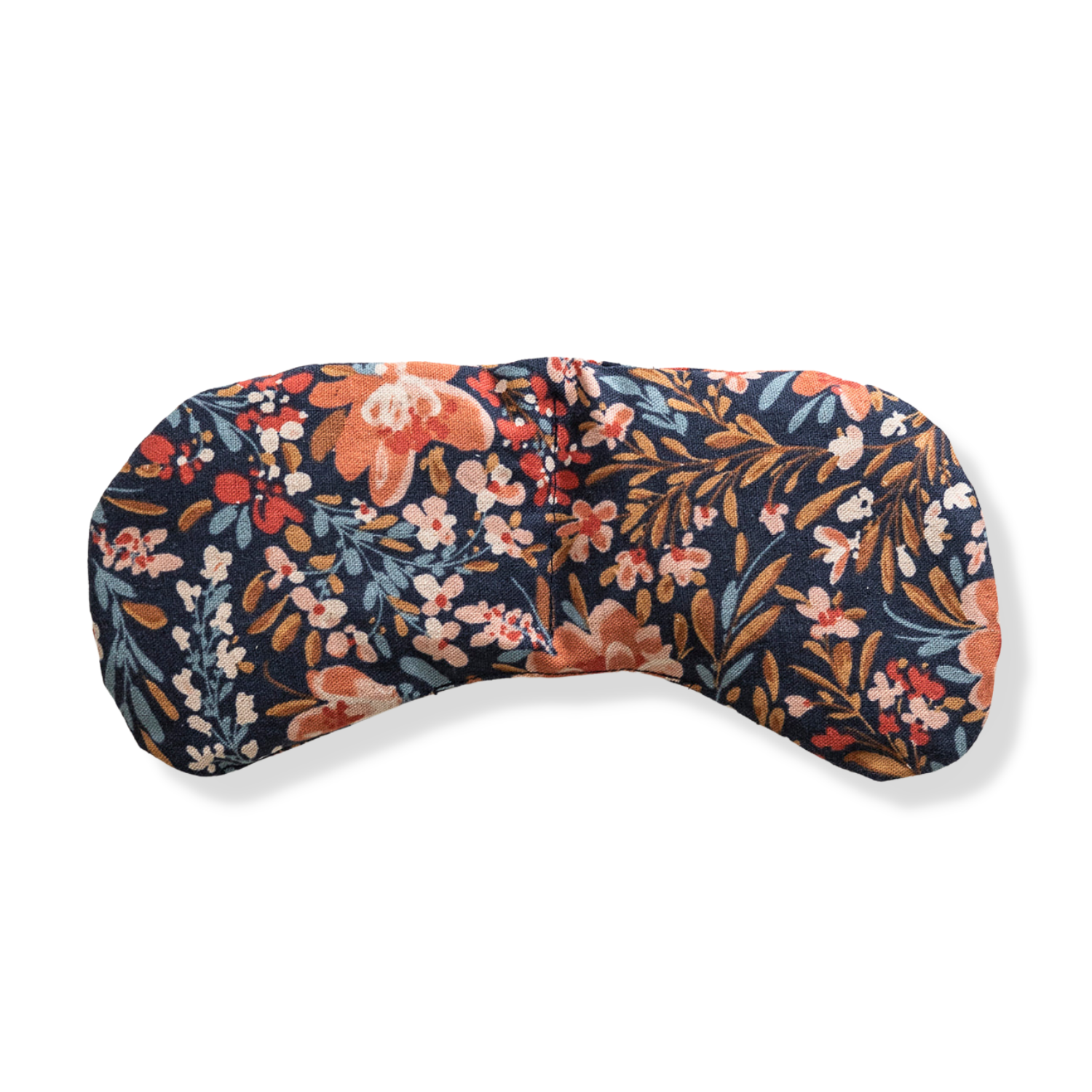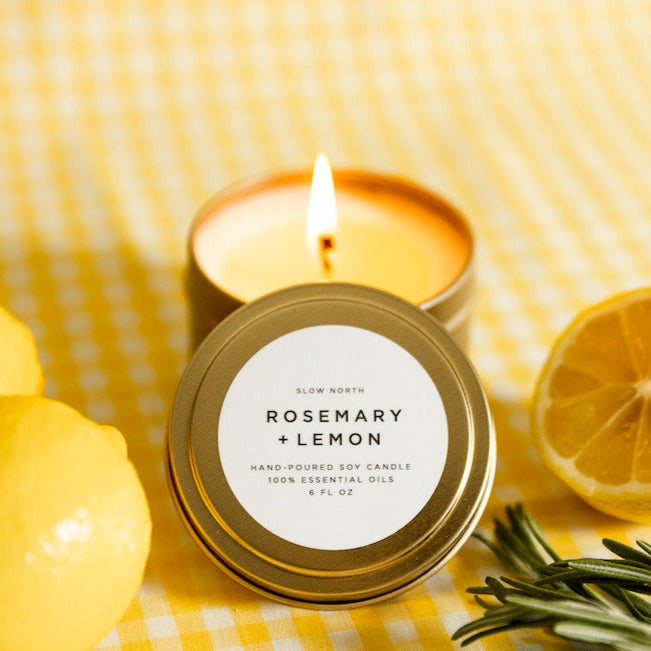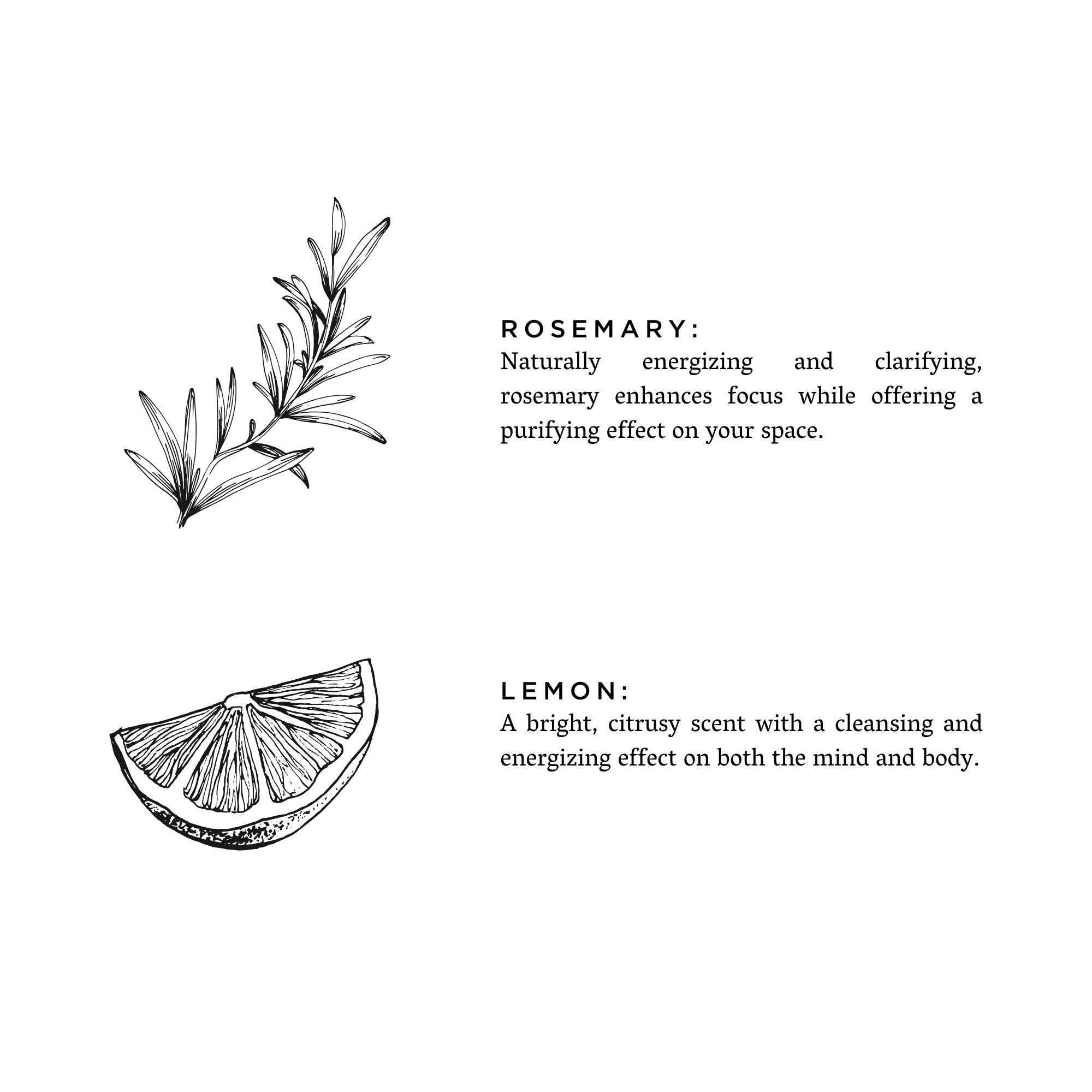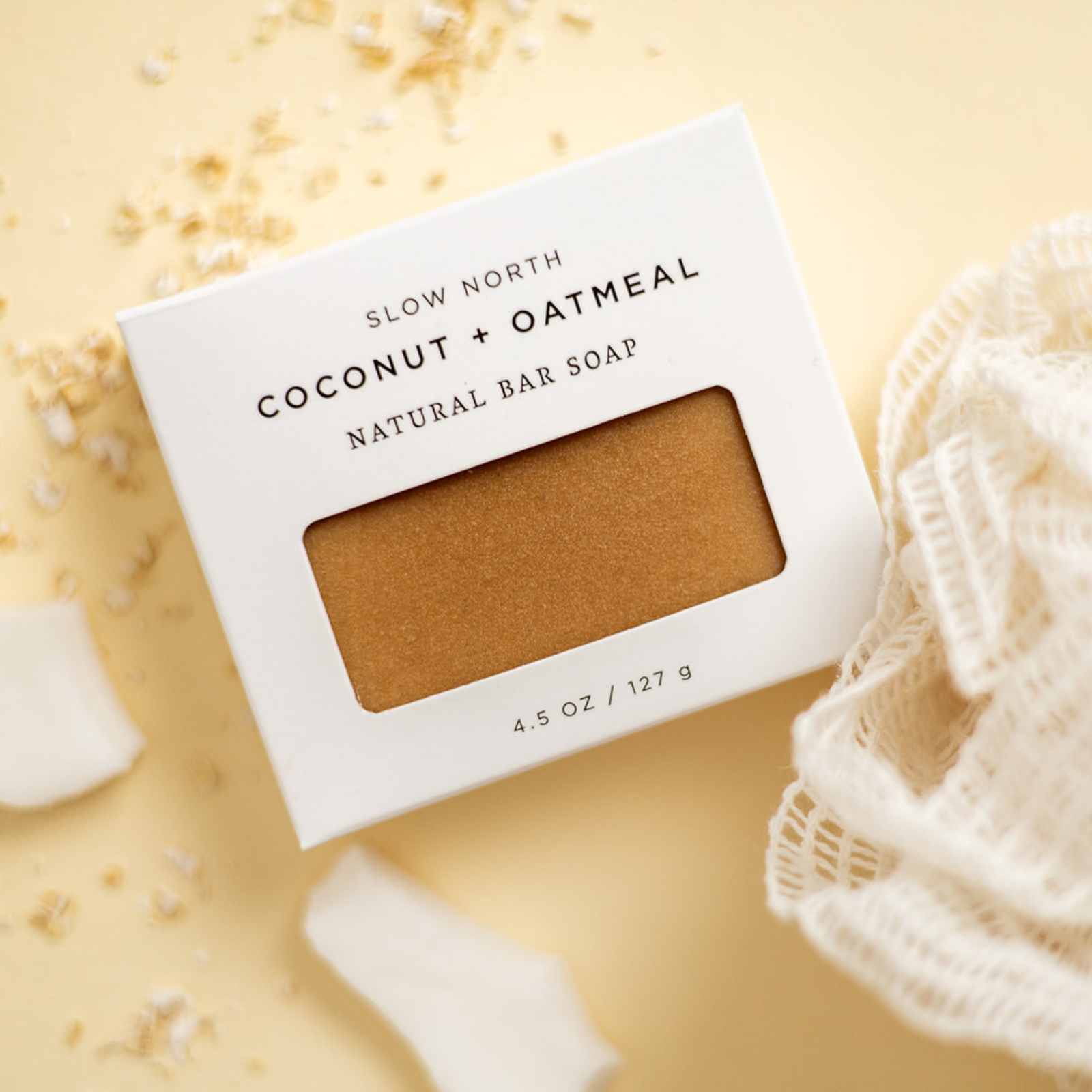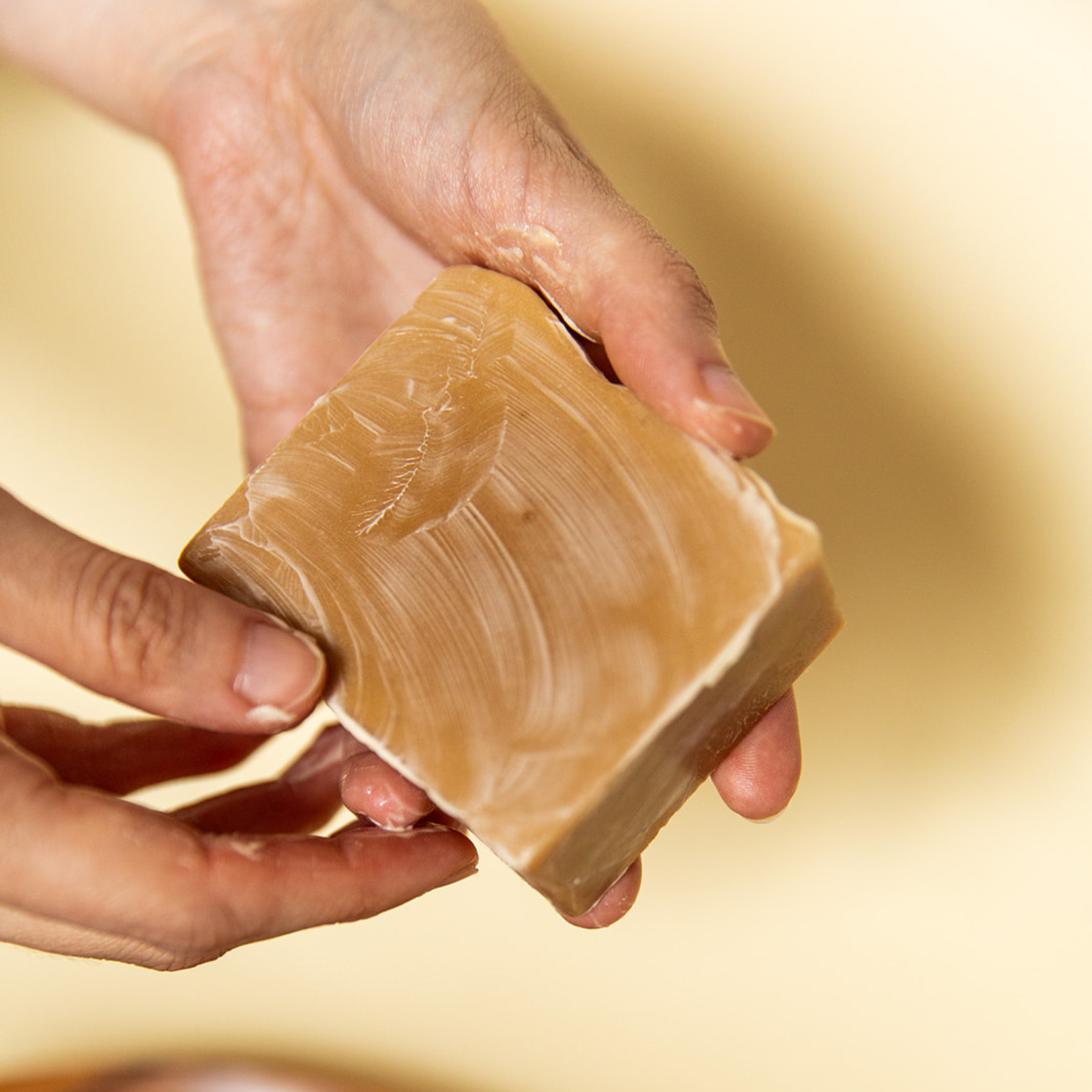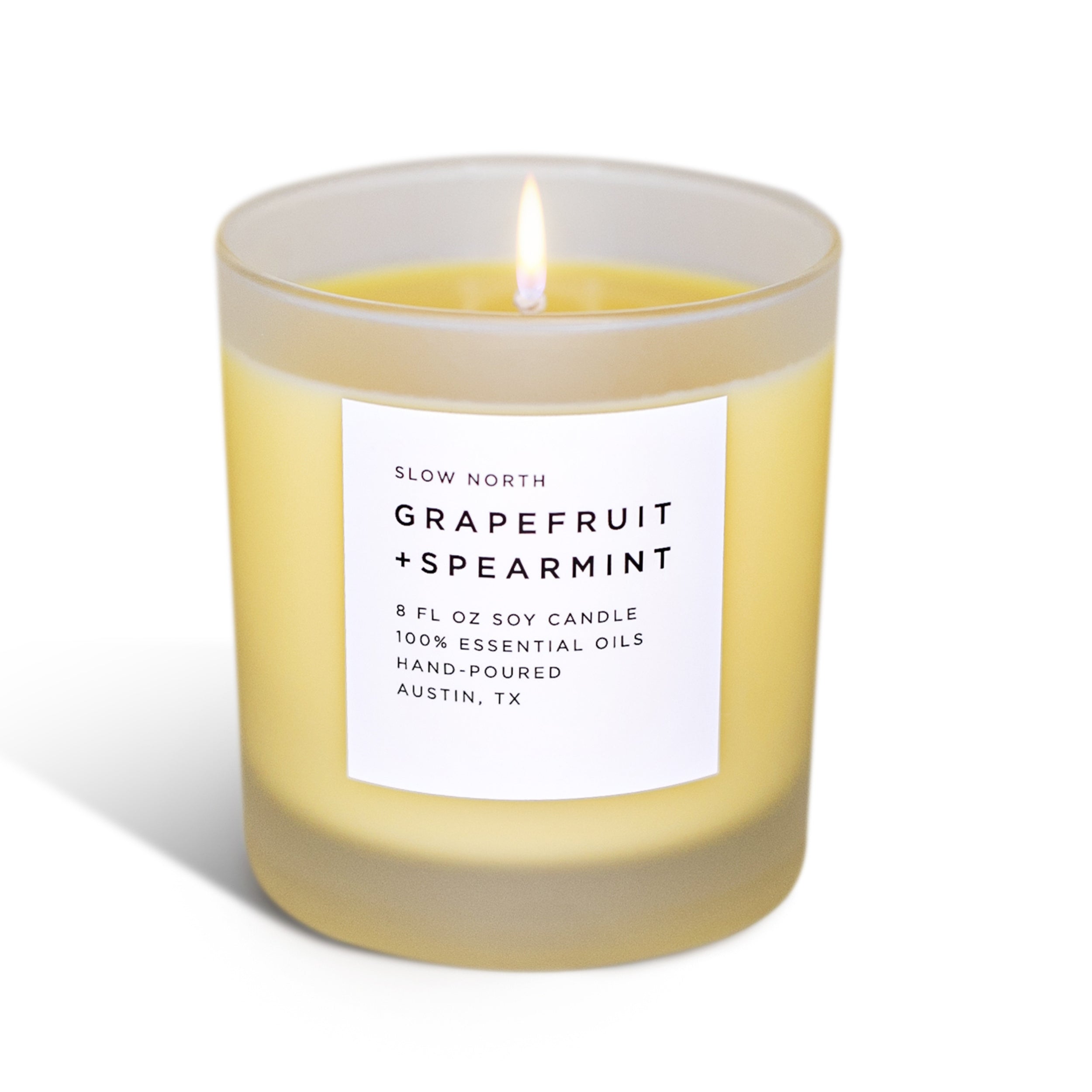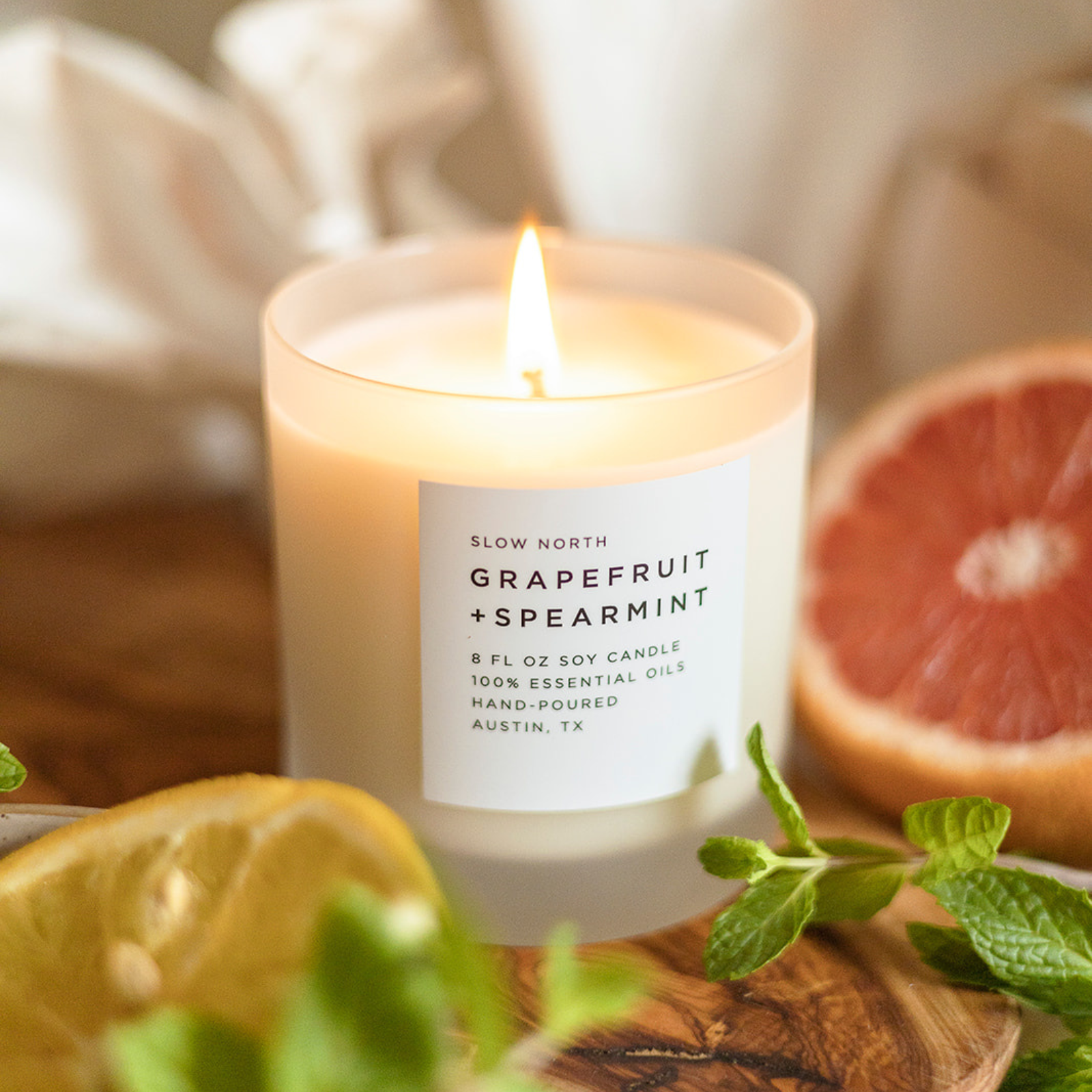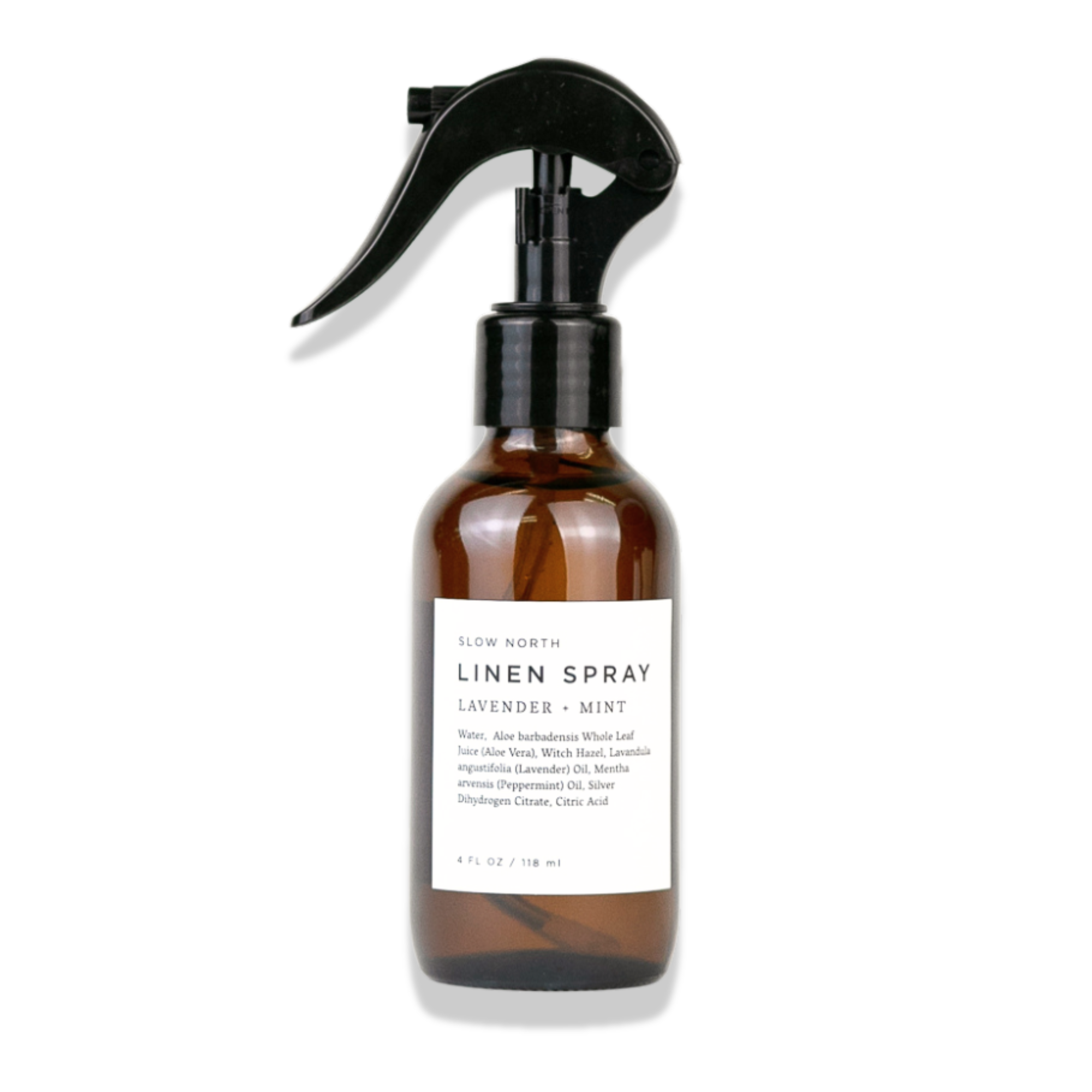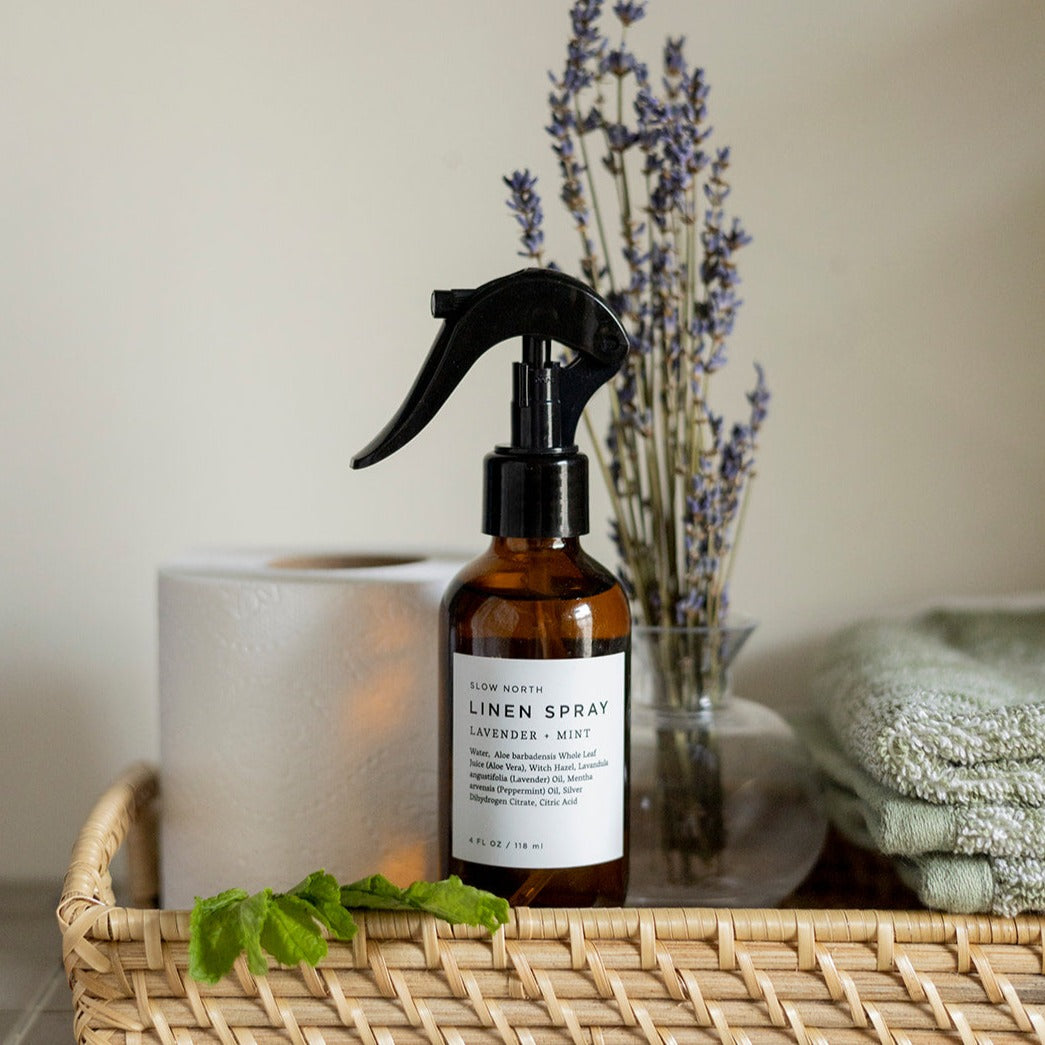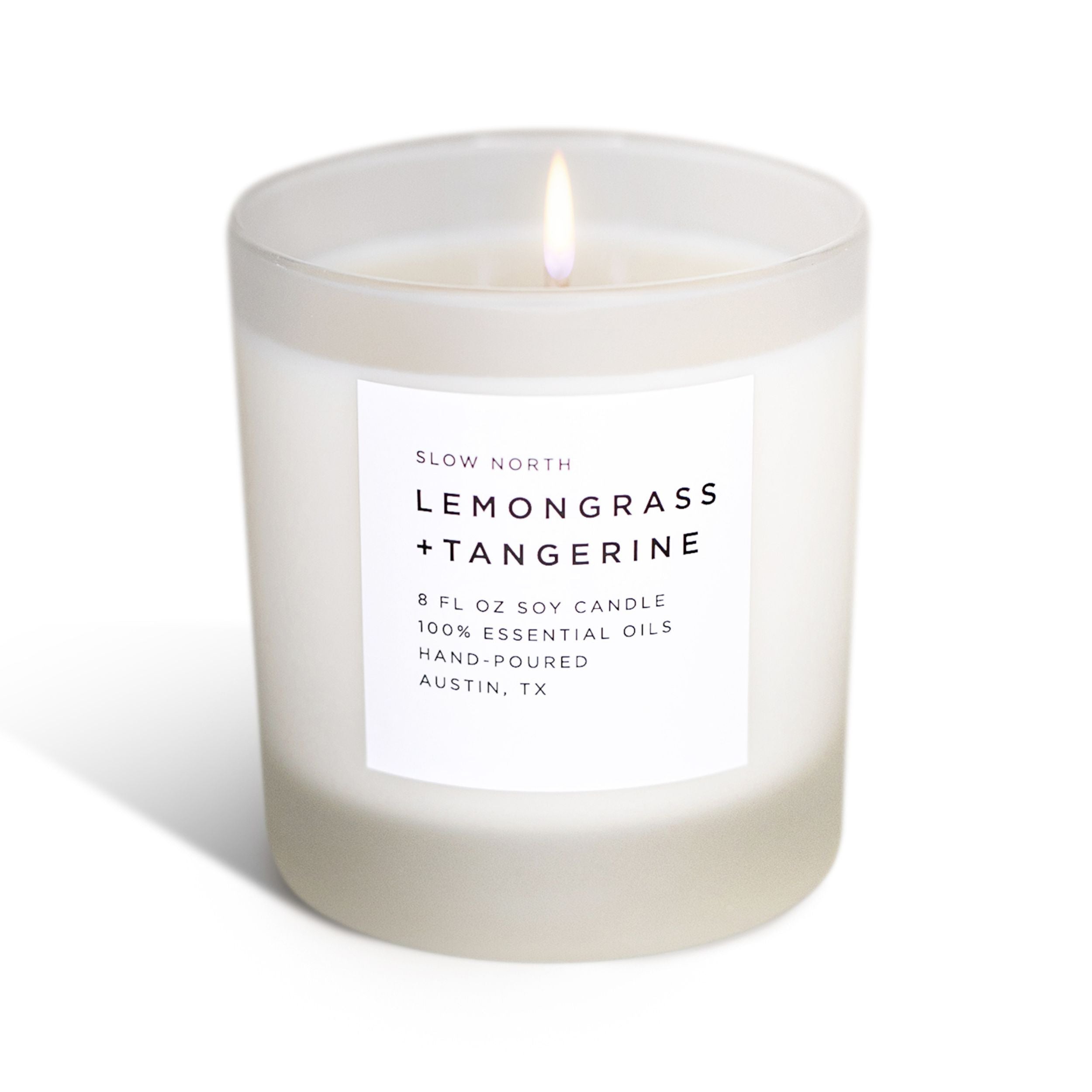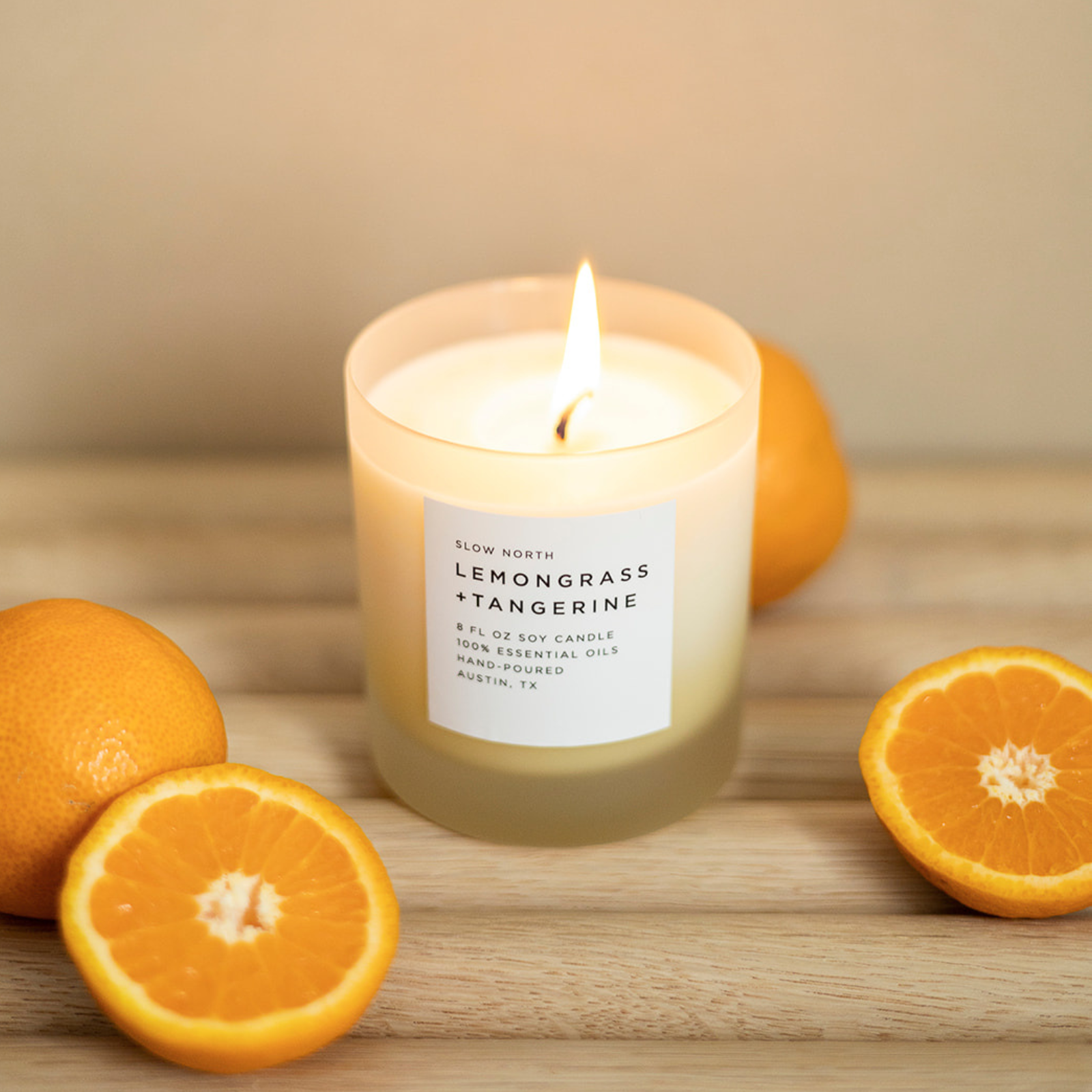
Talk to any professional writer and you’ll probably hear the same advice: don’t open a story with a cliché. Well, rules are made to be broken, so here goes the time-old saying — less really is more. Yes, this entire article will, in fact, revolve entirely around this cliché. But in the age of a warming planet and skyrocketing waste levels, minimalism is well worth the deep dive. Just ask anyone who’s had to spend a weekend Marie Kondo-ing their wardrobe: owning more has never equated to more happiness!
In practice, minimalism encourages people to get rid of unnecessary possessions in order to focus on the things that truly matter in life. Recently, it’s also been heralded as a movement to aid the environment, given that consuming less is gentler on the atmosphere, soil, and water.
Minimalism, or the concept of living with less, didn’t actually have a concrete name until the 1950 and 60s, when the first minimalist art began populating the galleries of New York’s Museum of Modern Art. Minimalism soon bled into the worlds of fashion and architecture, and since then, it’s become a lifestyle for many who seek to place greater value on experiences rather than tangible objects.
Achieving a minimalist lifestyle doesn’t mean you need to purge everything you own and cram into a tiny house. While that’s certainly one way to do it, achieving minimalism can be as simple as downgrading what you already do own and learning to make more out of owning less. It also involves examining your day-to-day habits and processes with a critical lens, then shifting those processes to be more sustainable.
So, are you ready to begin your minimalist journey? Here’s how to start living like a minimalist.
Reexamine Your Kitchen

Paring down in the kitchen will not only help you reduce clutter; it will also help you minimize your environmental footprint, a key goal of the minimalist lifestyle.
Here are a few ways you can go minimal in the kitchen:
• Adopt a minimalist mindset to your food
No, we’re not saying you need to adhere to a grossly restrictive diet to be considered a minimalist. Minimalism as it relates to food only requires focus on whole foods. That means a mostly plant-based diet, with little to no processed meats, snacks, or drinks. The goal of minimalism is to enhance the quality of life by cutting down on what’s unnecessary, and there’s plenty of research that shows that processed foods and additives are definitely unnecessary for the human body.
Probably the best piece of advice on minimalist eating comes from Michael Pollan, award-winning food journalist, author, and UC Berkeley Graduate School of Journalism professor. His mantra?
“Eat food, mostly plants, not too much.”
• Try going zero-waste
Minimalism doesn’t just mean owning and consuming less. It means wasting less, too. That’s why zero-waste shopping is a cornerstone of minimalist living.
Don’t let the name “zero-waste” scare you. Nobody expects you to cut out your waste entirely — frankly, it isn’t possible. But it is possible to reduce the amount of waste you produce, which is why swapping some common household items with zero-waste ones is a great place to start. For example, using reusable wool dryer balls instead of disposable dryer sheets is not only better for the environment, but also for you — wool balls are 100% natural and free of added chemicals and irritants.
You may also consider shopping at zero-waste grocery stores to buy in bulk with reusable containers or sustainable wrapping. Instead of putting veggies in plastic bags, for example, you can place them in beeswax wrap. Dry goods like coffee beans and nuts can be filled up and stored in glass containers. (Psst: Slow North has our very own bulk bar full of zero-waste beauty and household products, too!).
• Start a compost bin
While we’re on the topic of reducing waste, compost bins are another key element of a minimalist’s kitchen (or backyard, depending on how big your property is). Food that gets thrown out ends up in a landfill, where it decomposes and pumps harmful greenhouse gases into the atmosphere. Composting helps reduce food waste and emissions by turning scraps into fertilizer, which can be added to your garden or houseplants to nourish the soil.
Weed Out Your Wardrobe

Unfortunately, “more is more” tends to be the fast fashion industry’s mantra. However, adopting a minimalist closet is better both for you and the planet.
• Donate old clothing to thrift stores.
The first step to downsizing your closet is, evidently, getting rid of some of the clothes you don’t need. You can approach this à la Marie Kondo — saying goodbye to anything that doesn’t spark joy — or by identifying those clothes you’re keeping in the back of your closet “just in case” you’ll need them one day. (Spoiler alert: you probably won’t!)
Once you’ve cleared your closet of unnecessary items, haul them to your nearest thrift store; you might even get a few dollars in exchange for them.
• Create a capsule wardrobe.
Make your wardrobe as minimalist as possible by creating a capsule wardrobe. A capsule wardrobe contains a few high-quality, basic clothing staples that can be added to with seasonal items. Because capsule wardrobes focus on quality over quantity, they’re designed not only to remedy decision fatigue and visual clutter, but also to reduce the harmful footprint the fashion industry has on the environment.
• Wear clothes made of sustainable material.
Again, adopting a minimalist lifestyle involves removing unnecessary clutter from your space, and that includes clothing made of materials that do more harm than good. After all, there’s no reason to be wearing clothes made from chemical-drenched fabrics if healthier, eco-friendly options are available!
Examples of sustainable materials include recycled cotton, recycled synthetics (made from things like plastic bottles and fishing nets), and organic hemp. You can find anything from tees to swimwear made from sustainable sources, and the number of sustainable fashion brands on the market is only growing.
Consume Consciously

Because minimalism focuses so intently on quality over quantity, conscious consumerism inevitably falls under the minimalist umbrella. Of course, there are items you’ll need to consume from time to time — there’s no avoiding it. However, consuming with intention and purpose leaves less room to spend spontaneously and fill your space with things you don’t truly require. Here are some strategies to consume consciously:
• Recycle and upcycle
Before you go to throw something in the trash, determine whether it can be recycled or upcycled. Upcycling, or creative reuse, involves reusing materials to create a higher-quality product than what it came from. For example, you could take a stack of old newspapers and fold them to make a biodegradable flower pot. Not only does upcycling minimize waste, but it also increases the value of the items that you do have in your space.
• Buy local
If you’re not upcycling or making products on your own, try to buy locally. This can include local grocery stores vs. national chains, family-owned coffee shops, local thrift stores, and other home goods stores. You’re almost guaranteed to receive higher-quality items than you would at large department stores, meaning they’ll last longer and create less waste in the long run!
• Check where your goods are produced
Ever thought about where your favorite pair of boots were cobbled together, or where your coffee beans are grown? Items produced in the U.S. (or by American companies in ethical overseas facilities) are generally higher quality and contribute less to environmental and humanitarian issues. That’s because they have to travel fewer distances to reach their destinations, and because the U.S. has fairly stringent labor laws. As a result, being conscious about buying American-made not only helps ensure you won’t have to replace your item after a few uses, but it also contributes to the health and safety of people and the planet.
At its core, minimalism promotes the coveting of experiences versus possessions. It’s also a great way to minimize our environmental footprint and invest in quality goods that last us a lifetime.
Cecilia Seiter
Cecilia is a freelance writer and contributor to Slow North. She writes largely about sustainability, especially as it applies to beauty, wellness, and the future of technology. She is a graduate of the journalism department at Cal Poly, San Luis Obispo and is based in Los Angeles, CA.


